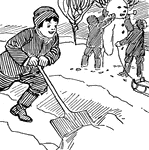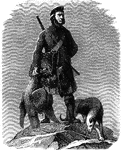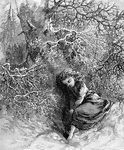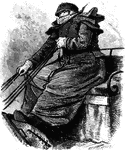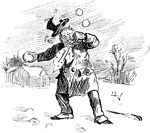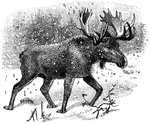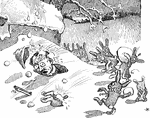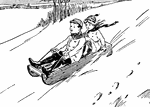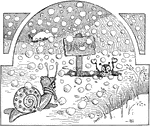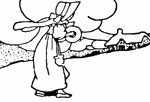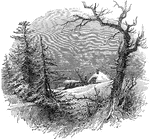Bobsled - Side View
"A pair of runners connected by a framework, used (sometimes with another pair) to carry loads or support…

Boulder
Diagram showing three stages in the downward progress of a boulder on a sloping hillside under the action…
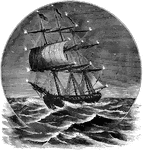
Elmo's Fire
When the atmosphere is highly charged with electricity, faint tinges of fire are often seen on the ends…

Guilford Battle-ground
"View of the battle-ground. This view is from the eminence southwest of the site of old Guilford Court…
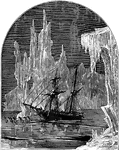
Icebergs
When the glacier extends into the sea, the base is undermined by the warmer waters of the ocean, and…
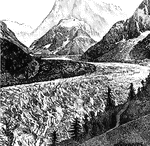
The Mer de Glace
One of the best known of the European glaciers is that of Mer de Glace (Sea of Ice). It descends…
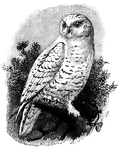
Snow Owl
Nyctea scandiaca." The great white or snowy owl, Strix nyctea or Nyctea scandiaca, inhabiting arctic…
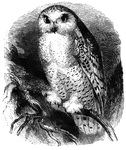
White Owl
The white owl (also known as the snowy or ermine owl), found in the colder latitudes of the world. Its…
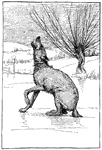
Reynard the Fox: Tricking Ereswine at the Lake
Reynard the Fox teaches Ereswine the wolf to fish with her tail. She fishes so long that her tail freezes…

Rotary Theory of Hail
The wind is supposed to rotate as in a cyclone, only the axis of the whirl is horizontal instead of…
Ski - Side and Bottom View
"A wooden runner, of tough wood, from five to ten feet long, an or an inch and a half thick at the middle,…

Hand Sled or Sledge
"1. A drag or dray without wheels, but mounted on runners, for the conveyance of loads over frozen snow…
Hand Sled
"A pair of runners connected by a framework, used (sometimes with another pair) to carry loads or support…

A Single-Horse Sleigh or Cutter
"A vehicle, mounted on runners, for transporting persons on the snow or ice; sled. a, runners; b, shoes;…
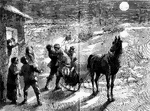
Winter Sleigh
A sled, sleigh, sledge is a vehicle used for transportation on surfaces with low friction, usually snow…
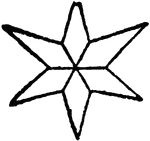
Snow Crystals
"Snow is water solidified in stellate crystals, variously modified, and floating in the atmosphere.…
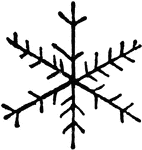
Snow Crystals
"Snow is water solidified in stellate crystals, variously modified, and floating in the atmosphere.…
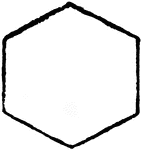
Snow Crystals
"Snow is water solidified in stellate crystals, variously modified, and floating in the atmosphere.…
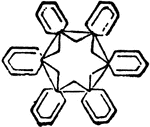
Snow Crystals
"Snow is water solidified in stellate crystals, variously modified, and floating in the atmosphere.…
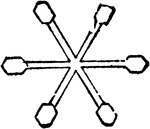
Snow Crystals
"Snow is water solidified in stellate crystals, variously modified, and floating in the atmosphere.…

Snow Crystals
"Snow is water solidified in stellate crystals, variously modified, and floating in the atmosphere.…

Snow Crystals
"Snow is water solidified in stellate crystals, variously modified, and floating in the atmosphere.…
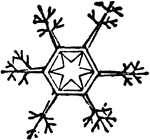
Snow Crystals
"Snow is water solidified in stellate crystals, variously modified, and floating in the atmosphere.…
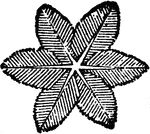
Snow Crystals
"Snow is water solidified in stellate crystals, variously modified, and floating in the atmosphere.…
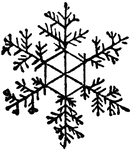
Snow Crystals
"Snow is water solidified in stellate crystals, variously modified, and floating in the atmosphere.…
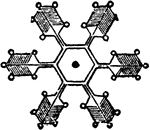
Snow Crystals
"Snow is water solidified in stellate crystals, variously modified, and floating in the atmosphere.…
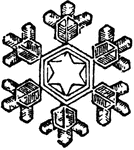
Snow Crystals
"Snow is water solidified in stellate crystals, variously modified, and floating in the atmosphere.…
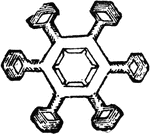
Snow Crystals
"Snow is water solidified in stellate crystals, variously modified, and floating in the atmosphere.…

Centrifugal Snow Plow
"An implement for clearing away snow from roads, railways, etc. a, caboose; b, cab; c, tender; d, show,…

Wing Snow Plow
"An implement for clearing away snow from roads, railways, etc. a, body of plow; b, caboose for implements…

Canadian Snow Shoe
"A contrivance attached to the foot to enable the wearer to walk on deep snow without sinking to the…
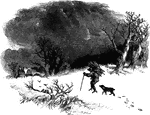
Walking Through Snow
A man carrying firewood and dog walking leaving footprints in the snow. A cottage is seen in the distance.…
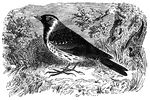
Common Snowbird
Found as far north as Greenland, the common-snow bird migrates as far south as Virginia in the winter.
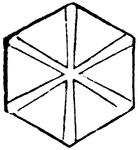
Snowflakes
A frozen moisture which falls from the atmosphere when the temperature is 32 degrees or lower. It is…
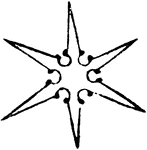
Snowflakes
A frozen moisture which falls from the atmosphere when the temperature is 32 degrees or lower. It is…
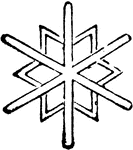
Snowflakes
A frozen moisture which falls from the atmosphere when the temperature is 32 degrees or lower. It is…
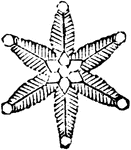
Snowflakes
A frozen moisture which falls from the atmosphere when the temperature is 32 degrees or lower. It is…
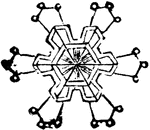
Snowflakes
A frozen moisture which falls from the atmosphere when the temperature is 32 degrees or lower. It is…
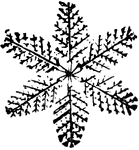
Snowflakes
A frozen moisture which falls from the atmosphere when the temperature is 32 degrees or lower. It is…
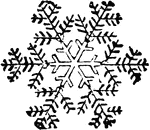
Snowflakes
A frozen moisture which falls from the atmosphere when the temperature is 32 degrees or lower. It is…


